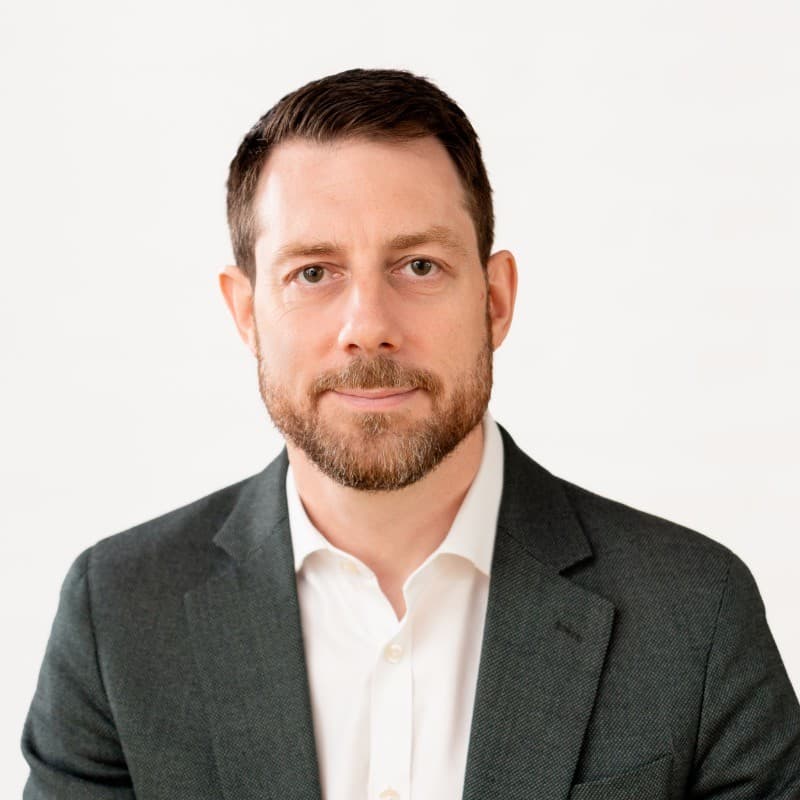In times of disruption, unpredictability and technological transformation, traditional operating models are becoming obsolete, says Kent McMillan, managing director of organization strategy at Accenture UK. His firm discovered that 97% of executives believe generative AI will transform both their company and industry, and 93% say their investments in generative AI are delivering better results than other strategic initiatives.
How do HR leaders shape the organization around these CEO priorities while satisfying talent needs and employee appetites? He addresses this challenge in his co-authored book, Rethinking Operating Models, offering insights for HR leaders navigating these changes.
‘How do we organize in this new world?’
Accenture researchers found that most C-suite executives are questioning the effectiveness of their current operating models, making this an urgent call to action for HR leaders.
In fact, 94% of CEOs believe their current operating models are putting their growth and performance at risk. There are various reasons why these traditional models have lost business leaders’ confidence, including the underutilization of technology, siloed structures that limit collaboration, slow response to change and failure to align labor and business strategies.
In other words, these business leaders believe traditional models lack resilience and the ability to adapt. Additionally, researchers discovered that 74% of CEOs say a complete overhaul is needed to build greater resilience, while 69% feel their models are not equipped to adapt to disruptive change.
McMillan says he wrote his book to guide CEOs and CHROs through evolving their organizations to remain competitive, agile and resilient. Rather than presenting a rigid methodology, he addresses current and future business challenges. “How do we organize in this new world?” asks McMillan, highlighting the fundamental question facing leadership teams.
Technology as driver, people as focus
The acceleration of disruptions over the past four years has positioned technology, particularly generative AI, as both a solution and a disruptor. McMillan emphasizes, “The driver is tech. The question is people.” He notes that the critical factor isn’t adoption rates—Accenture found that 82% of workers believe they understand generative AI, and 94% are confident they can build the necessary skills—but the rapidly advancing capabilities of the technology itself.
Misaligned organizational structures are a bigger barrier than many realize, according to Accenture researchers. They say that adding generative AI to existing workflows alone won’t unlock its full potential. Referencing the ARC-AGI benchmark, which measures AI systems against human problem-solving abilities, McMillan points out that as HR technology reaches new “can you beat a human” levels, HR leaders face the challenge of reimagining organizational structures where AI agents become “nodes” in the org chart.
Evolving answers to constant questions

Despite these technological shifts, McMillan observes that core business objectives remain unchanged—organizations still pursue profitable growth and competitive capabilities.
“The questions are the same, but the answers are evolving,” he says. “The winners will be the ones who can balance all of the growth levers.”
McMillan says HR leaders must create organizational agility that addresses both business drivers and talent needs in this dynamic environment.
He considers that traditional approaches to achieving these objectives—through conventional org structures and talent strategies—may no longer be optimal in a technology-transformed environment.
Building adaptive organizations
This dual mandate to persist on business objectives while remaining agile through talent requires HR leaders to operate at both strategic and operational levels. McMillan says success depends on HR’s ability to create frameworks that accommodate technological change while remaining anchored to enduring business objectives. He recommends several approaches for creating more responsive organizations:
Collaboration architecture
Develop “self-organizing” capabilities that reduce hierarchy dependence and enhance data transparency for cross-functional decision-making.
Human-machine integration
Create adaptive models that appropriately position both human teams and machines, acknowledging that skills-based arrangements become more complex when machines enter the equation.
Institutional knowledge preservation
Leverage machines as repositories of organizational knowledge—what McMillan calls a “stewardship model”—that persists even as employees depart or conditions change.
The changing role of HR leadership
McMillan also encourages HR leaders to view their organizations as “living things” constantly pursuing performance, with AI offering a “frontier to hack the organization.” As employees and machines learn, leaders must view their companies as complex adaptive systems rather than static hierarchies.
However, this environment must balance innovation with delivering on core stakeholder expectations. This perspective ultimately positions HR leaders as architects of organizational evolution, he says. They become responsible for creating environments where humans and AI can contribute optimally while ensuring the organization remains aligned with its fundamental purpose and commitments to stakeholders.
“The CHRO’s job evolves again and again,” McMillan notes. “This is not a one-off exercise, or something that happens every three years or when a new [leader] or crisis appears.”
For HR leaders navigating these transformations, McMillan offers an encouraging perspective: this is “an exciting time to experiment” with new approaches to organizational design and effectiveness.
The post The changing CHRO role: Leading ‘organizational evolution’ in the age of AI appeared first on HR Executive.